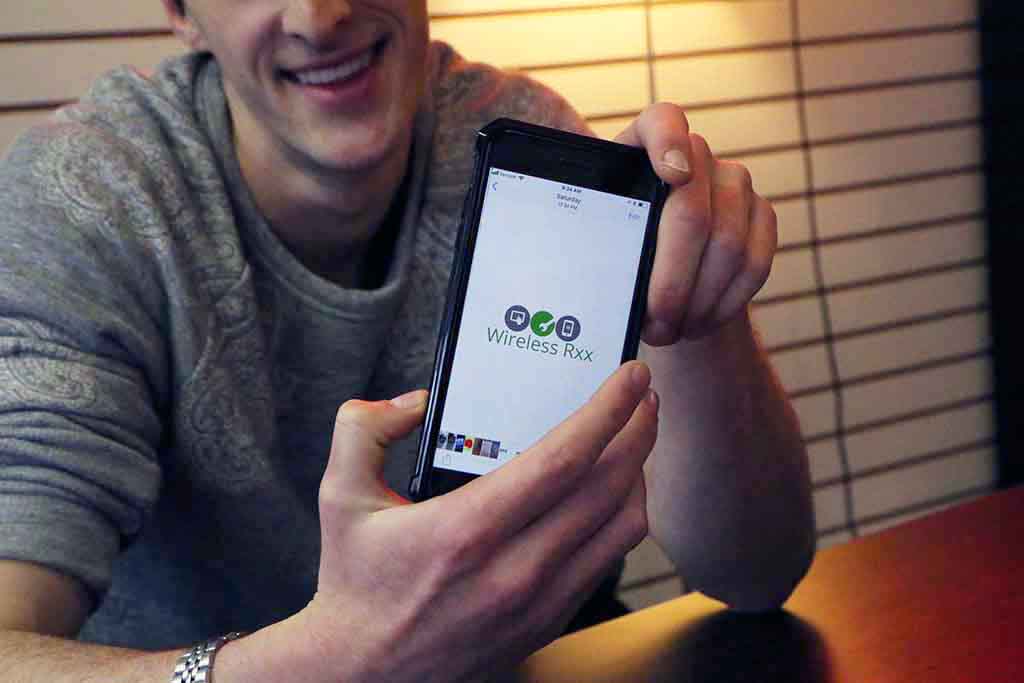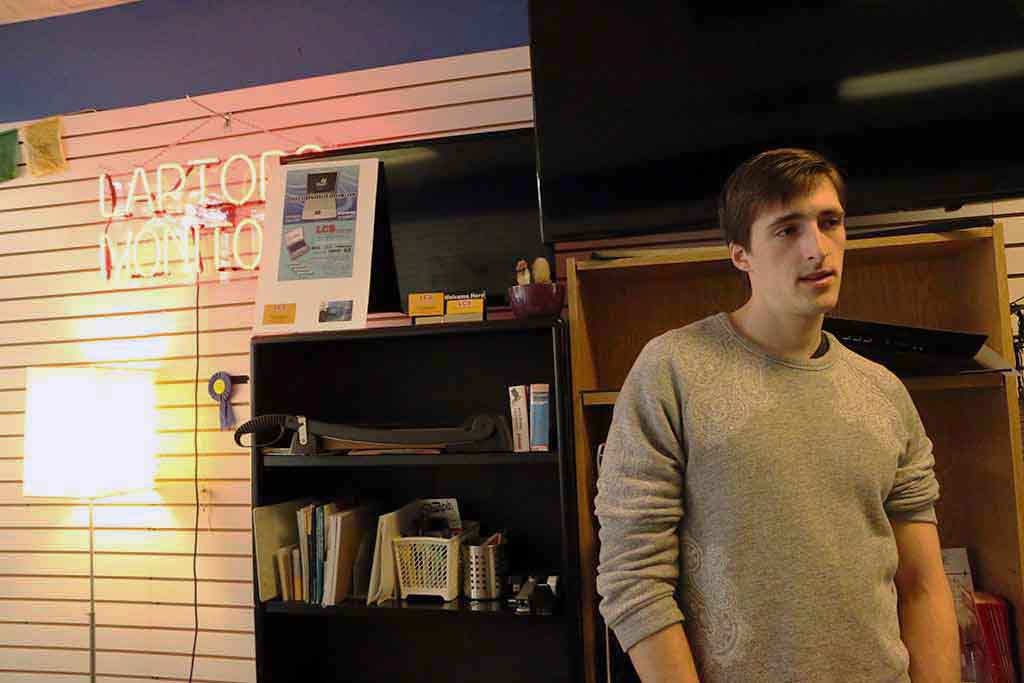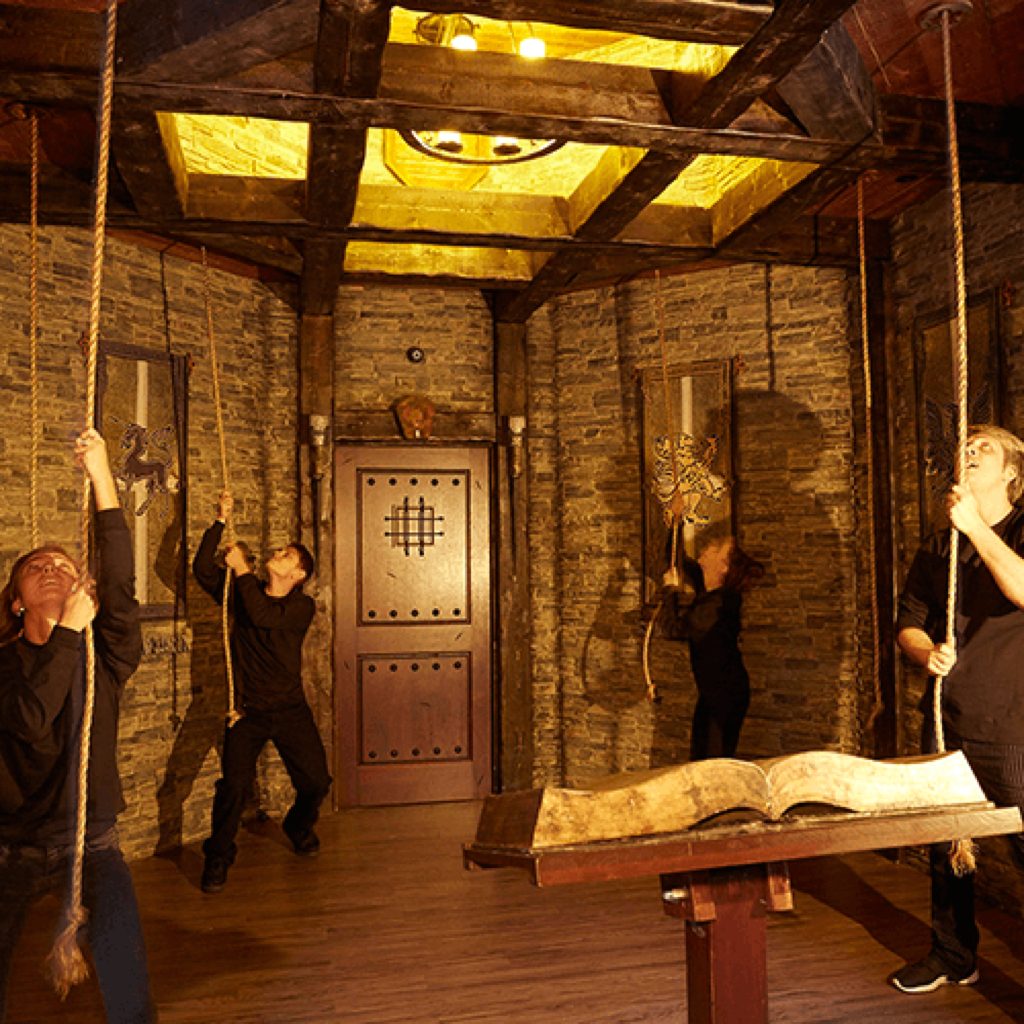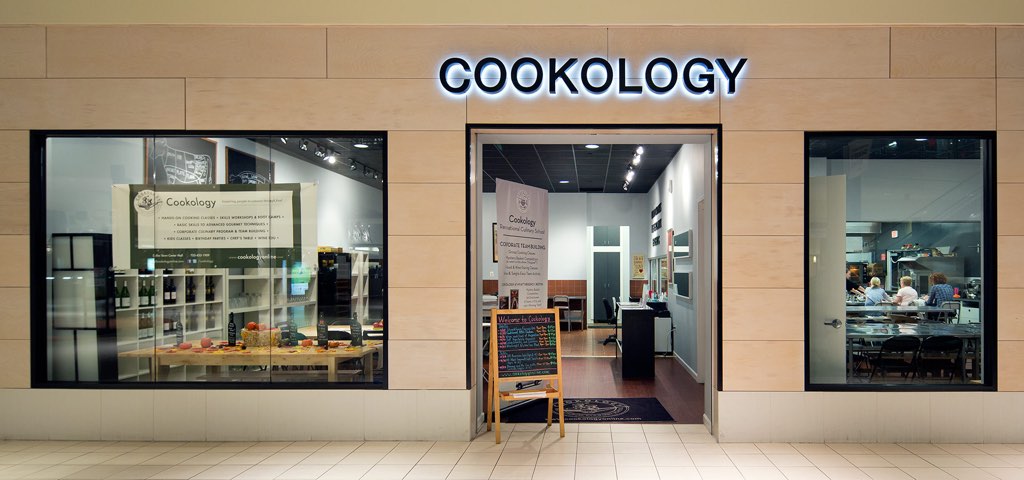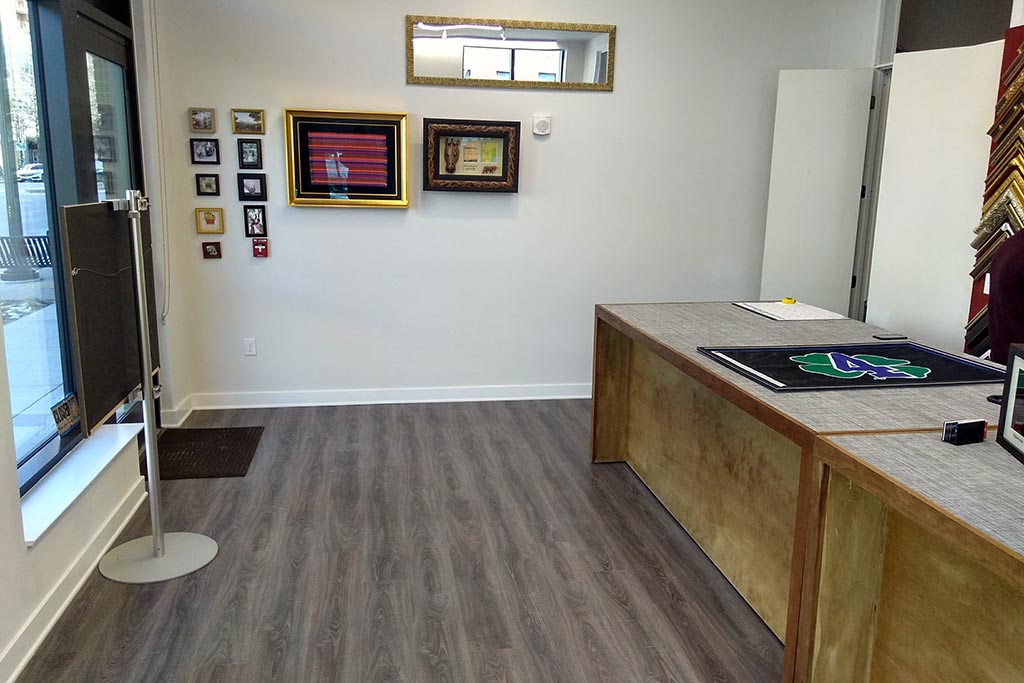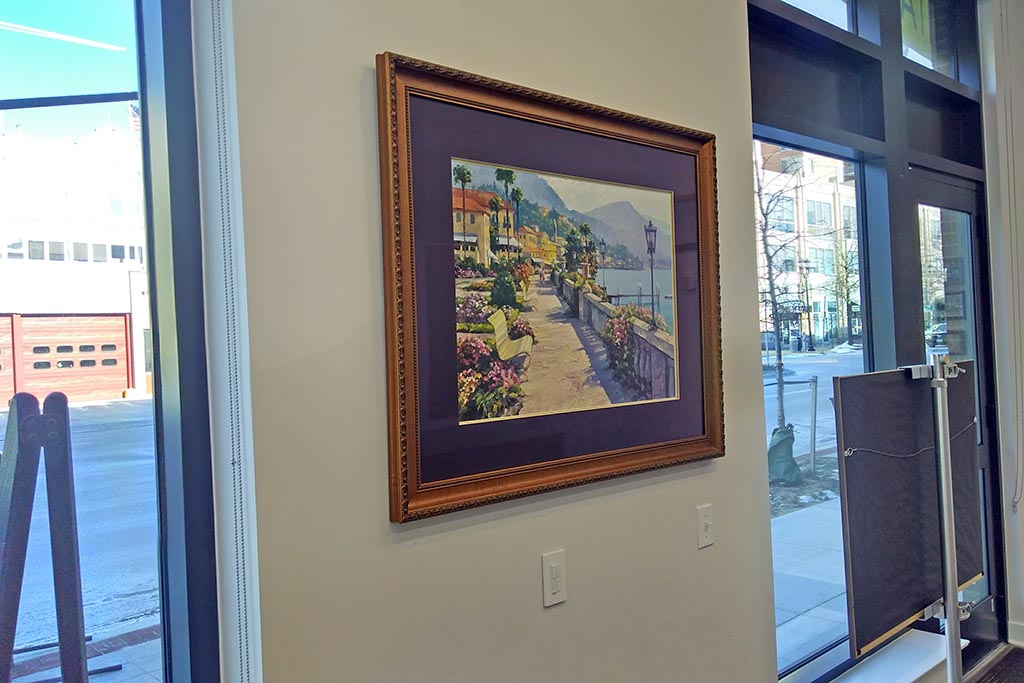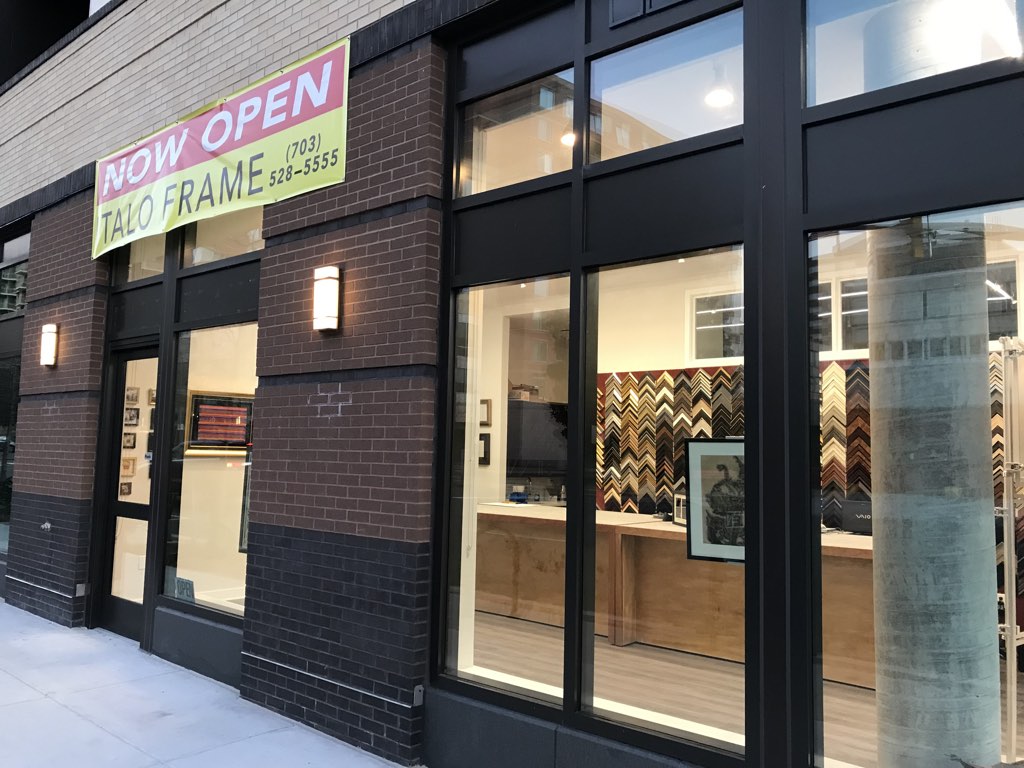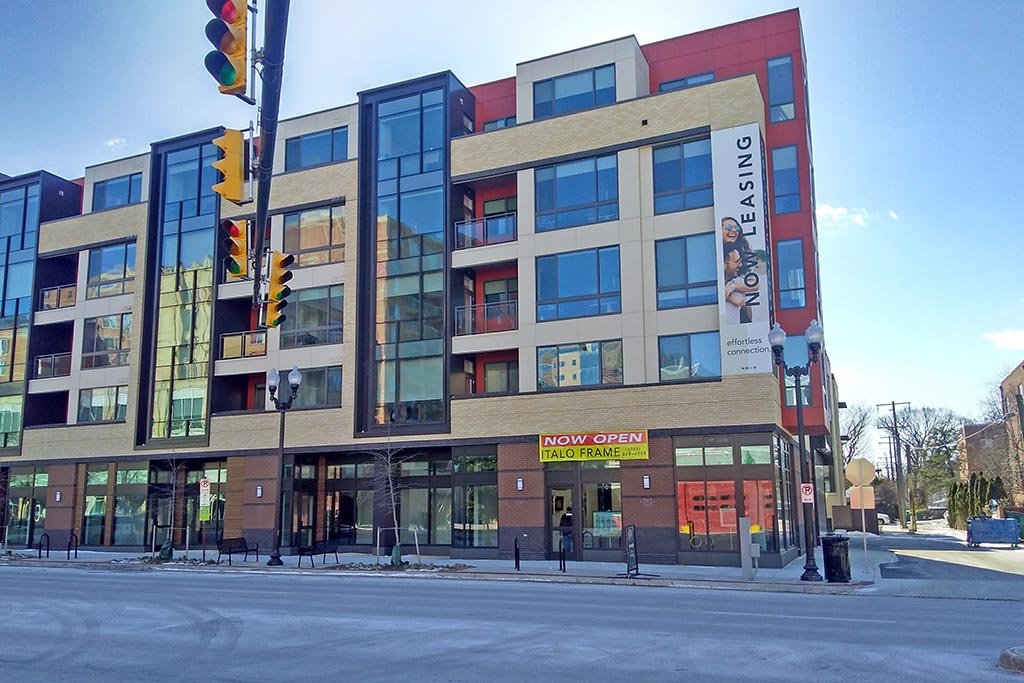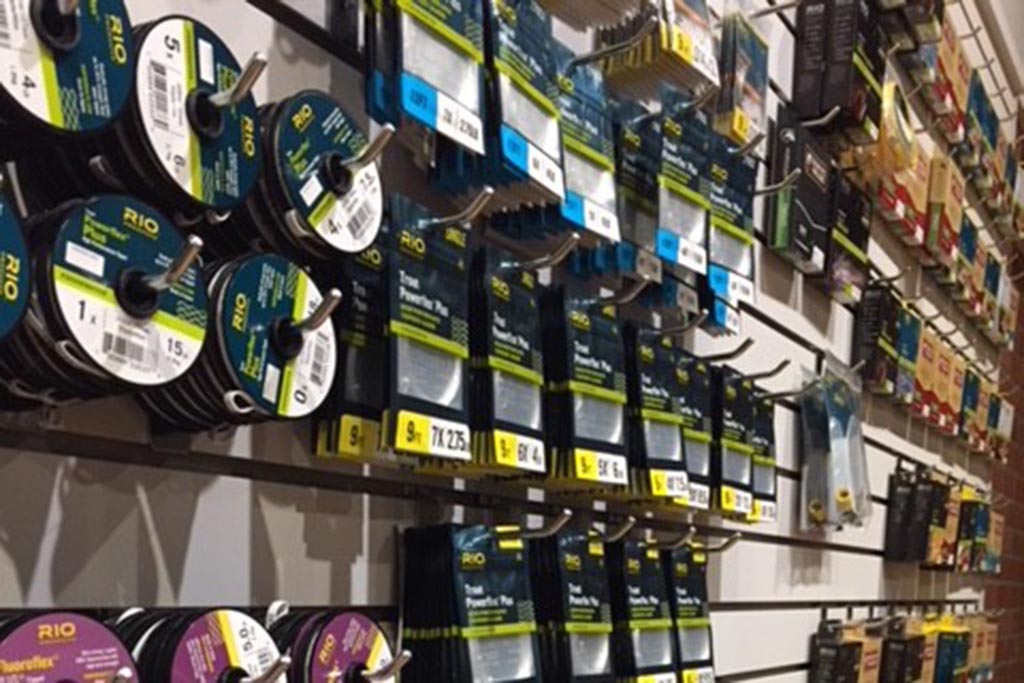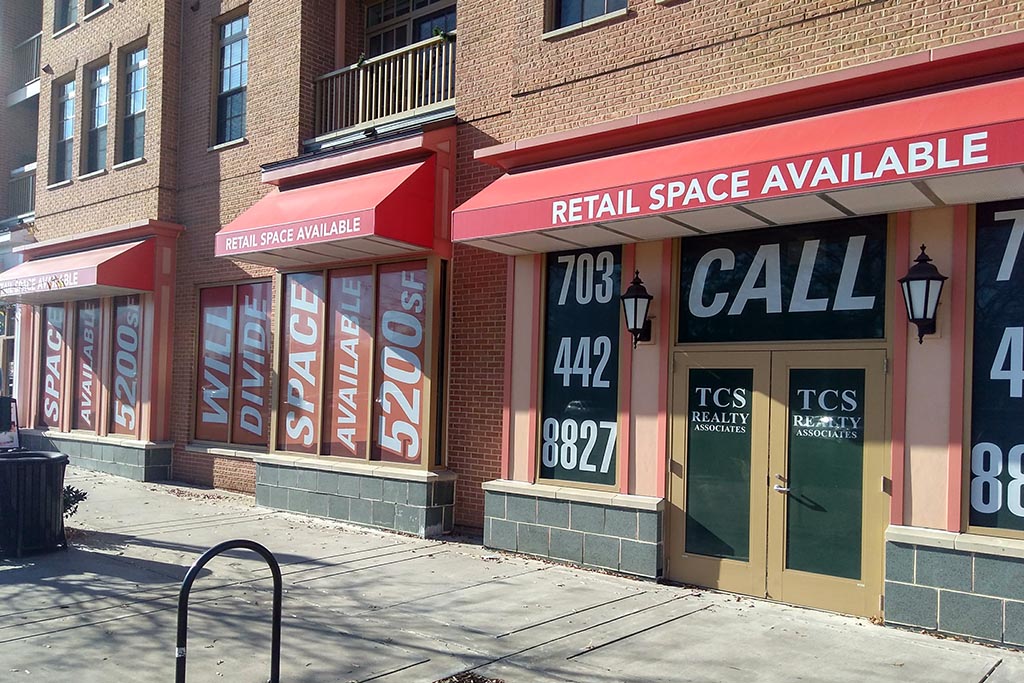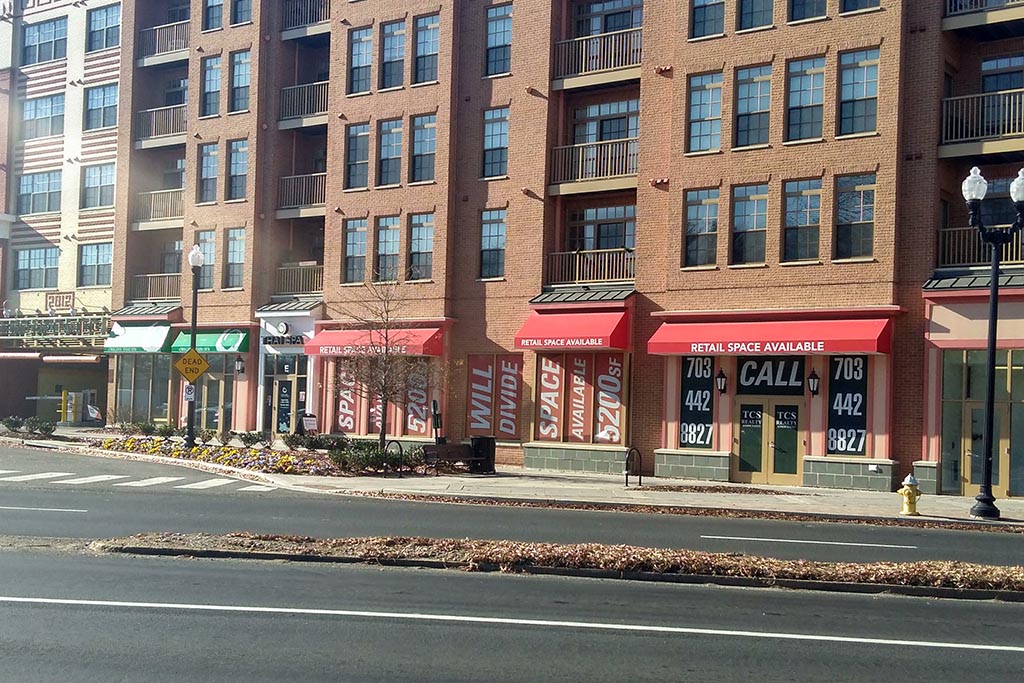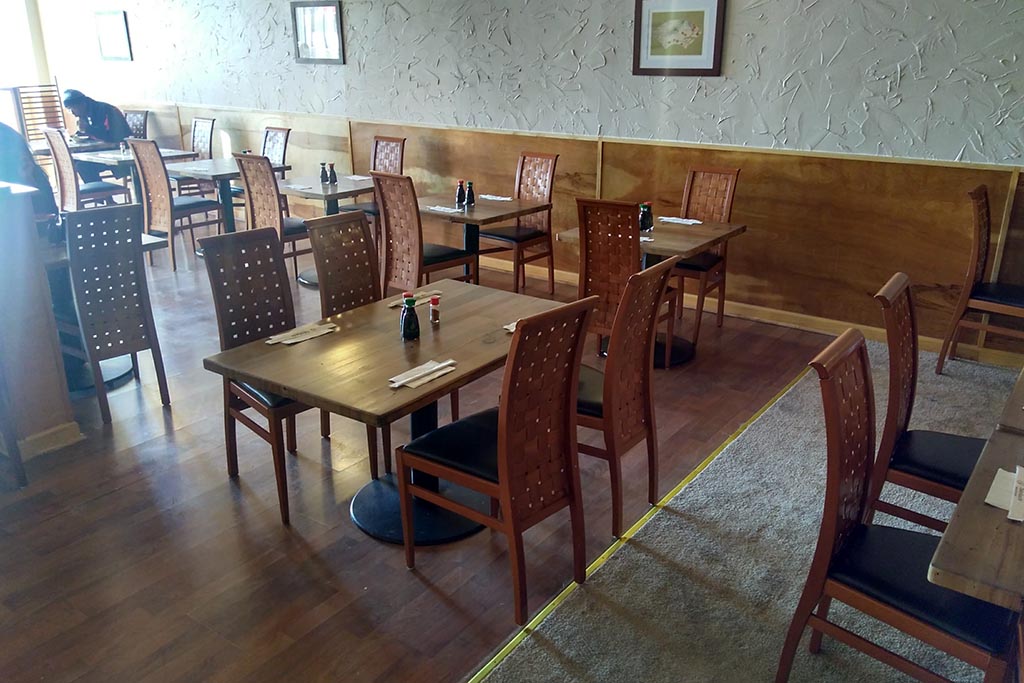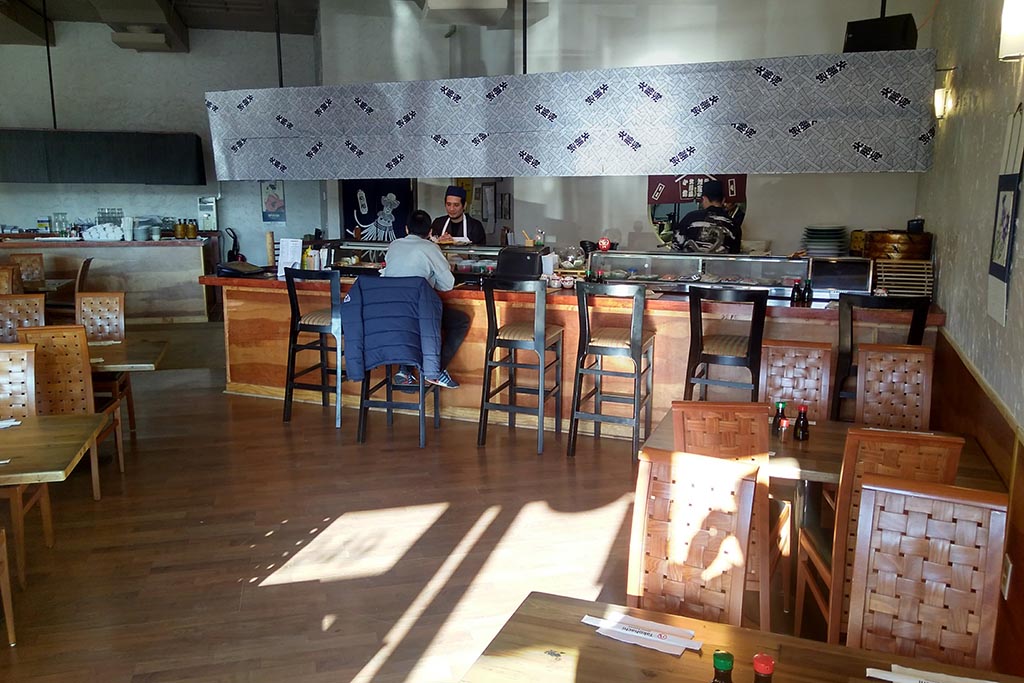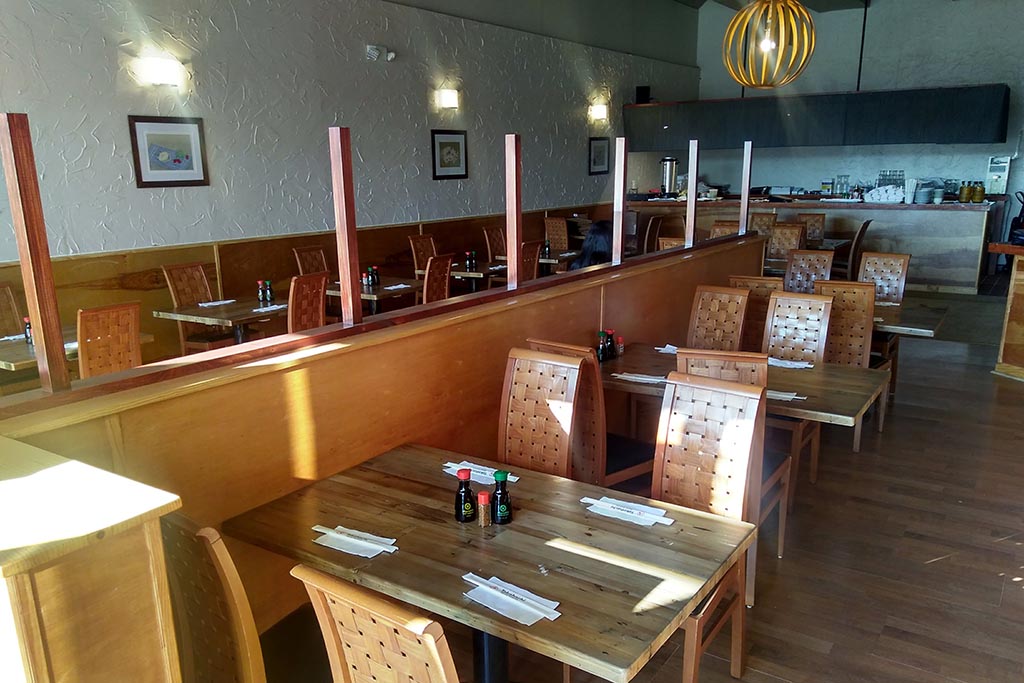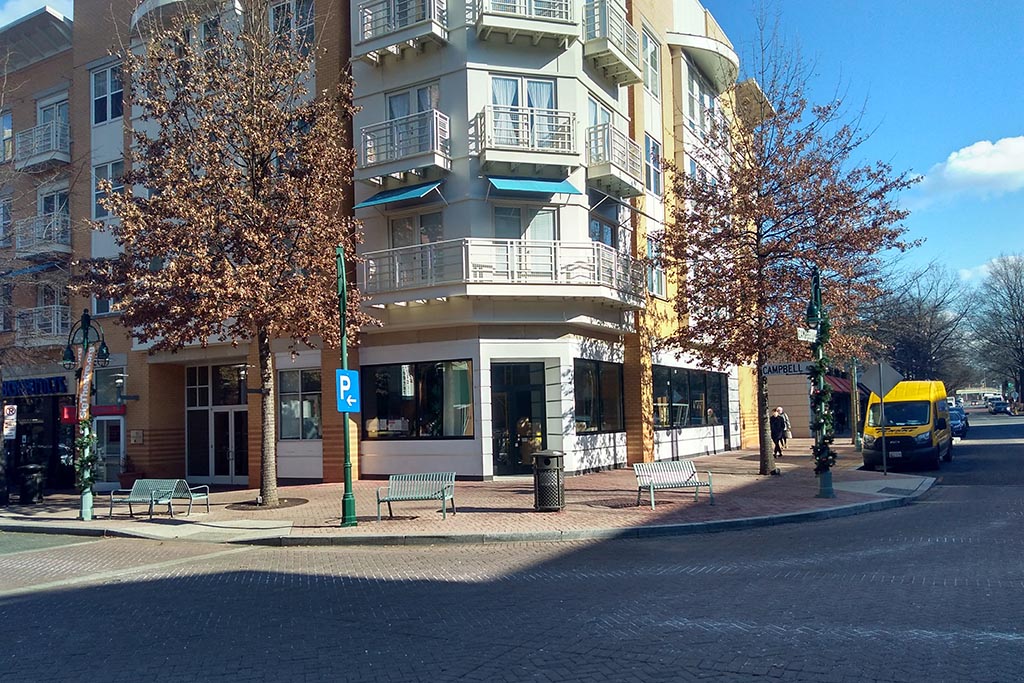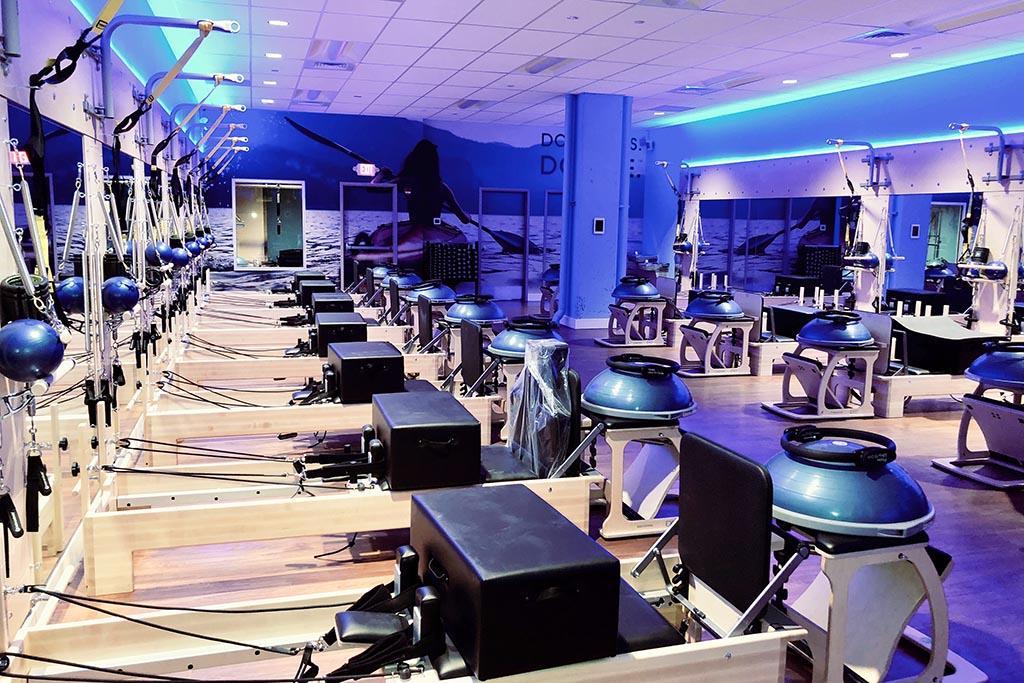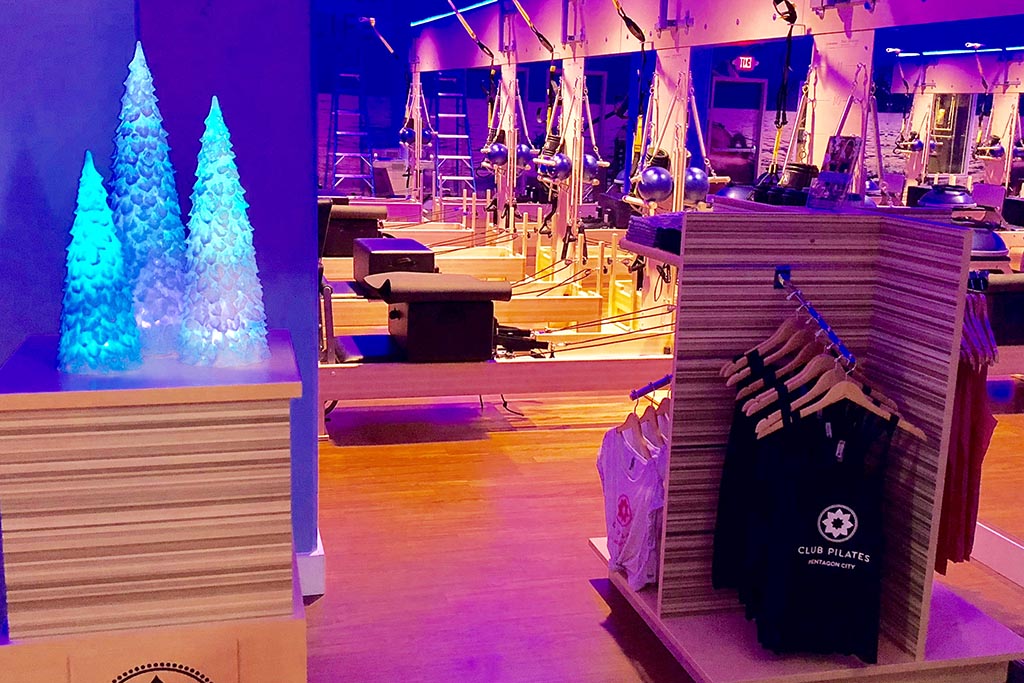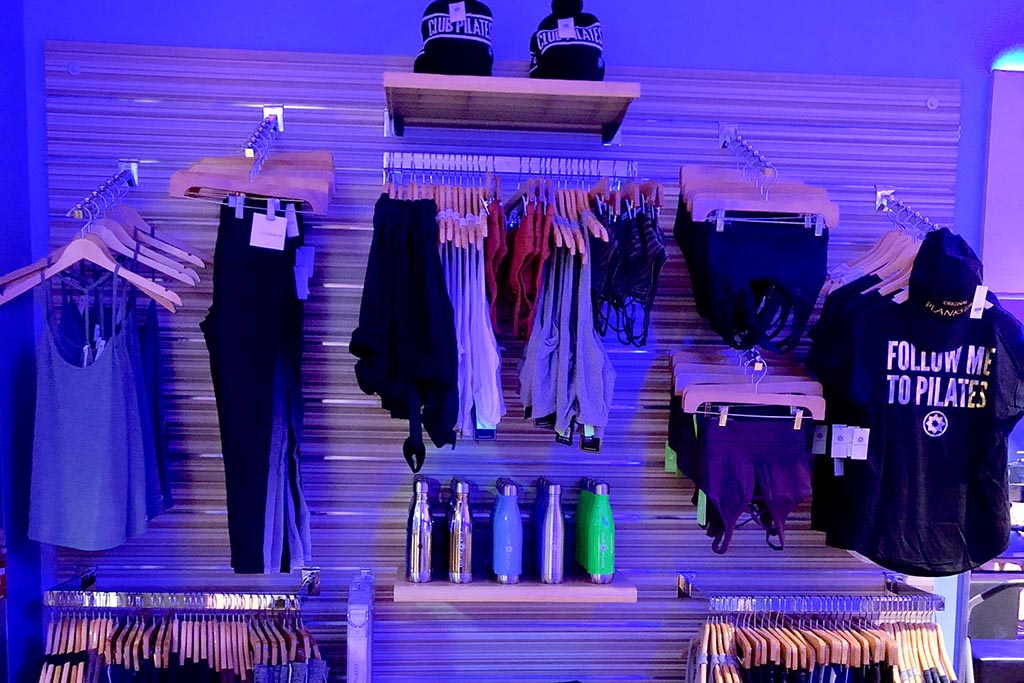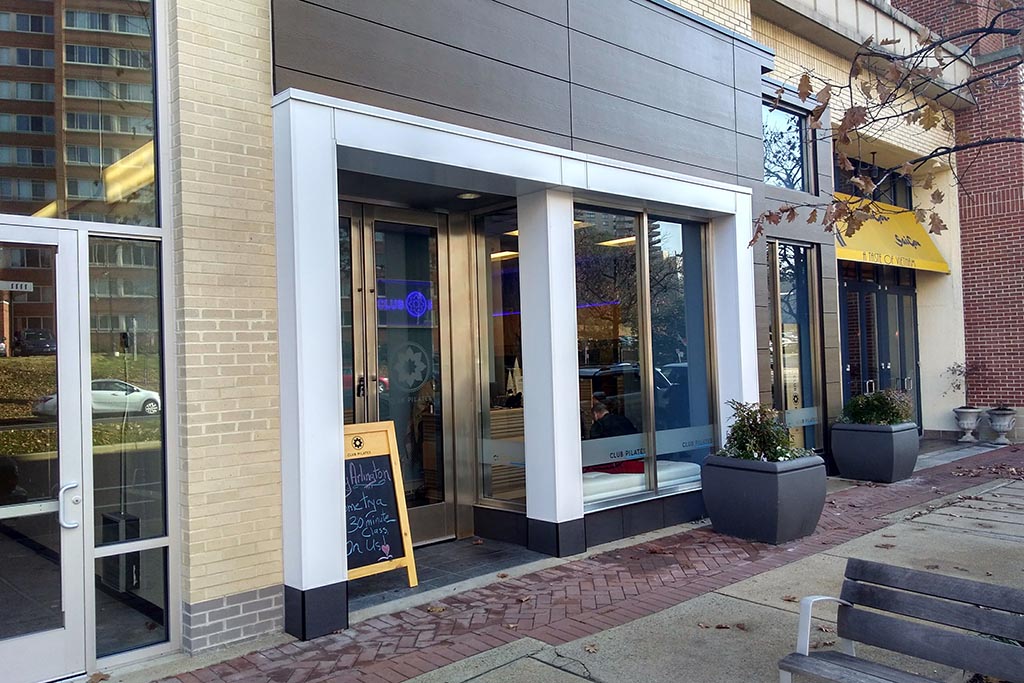When James Sampson was 14, a few of his friends were hit with the red ring of death — the notorious Xbox problem that devastated gamers globally. Instead of buying new devices, they turned to Sampson — who soldered some of the wiring in the devices, along with some other tinkering, and brought them back to life.
He saved his friends hundreds of dollars, and his only training was a few hours spent watching YouTube video tutorials.
“It became a lot of people calling me asking me to fix their cell phones, laptops, just any device they had,” said Sampson. He began referring people to an actual electronic repair business — until he realized that the shop was making a lot of money.
The now 23-year-old has now gone into business himself, opening up Wireless Rxx last week at 2340 Columbia Pike. Sampson works alongside longtime electronics repairman Mario Vasquez, who has been in business for about 26 years. Sampson does the microelectronic repairs and soldering while Vasquez focuses on more traditional electronic appliances.
The pair complement each other technically and linguistically; the Chilean-born Sampson’s first language was Spanish, so he’s able to help the many nearby Spanish-speaking customers and Vasquez as he assists English-speaking clients.
By the end of the first week, Wireless Rxx made back their $700 rent without any marketing or advertising — and without the planned “old retro vibe” interior design changes, including new neon signs and flooring. The building itself, which Sampson calls “old and tattered,” stands out from the luxury mixed-use development across the street.
Wireless Rxx saw around 27 customers, and earned around $1,700 in the first week, with many flat-screen television repairs, laptop fixes, and cell phones that needed to be unlocked — though Sampson runs serial numbers and other phone identification numbers to make sure that he isn’t unlocking a stolen phone.
While many Arlingtonians might be excited to get a new phone and toss their older model, many low-income residents are finding value in the service, Sampson said, as they are able to pay significantly less for what is in most cases a relatively minor fix instead of buying an entirely new product or waiting weeks for a manufacturer repair.
“It’s a mix of what the market economy put up,” said the young entrepreneur. “You either have to wait for your fix — because if you break your phone and you go to Apple, it can be a $200 or $300 price tag — or if you take it here, it can be under $100.”
He has friends who are either recent immigrants or on college scholarships with less money to spare. They’ll go to Sampson with their younger sister’s iPads and $20 or $30, looking for a repair. It helps them maintain a decent standard of living without spending money that they don’t have for a brand new device, he said.
Sampson buys dead devices from customers, which he either fixes, sells, or recycles responsibly with a certified e-recycling company. Most electronic components aren’t safe for general trash collection.
He stressed the importance of proper electronic recycling, noting the dangerous chemicals in lithium batteries, which are found in many electronic devices. Poking one can result in chemical burns.
“If something’s broke, you can still fix it. You can still put maybe a third of the device’s [cost] into fixing it, and it’ll be a working device as opposed to buying a new one,” said Sampson. “Especially in our society right now, we just throw things away.”


